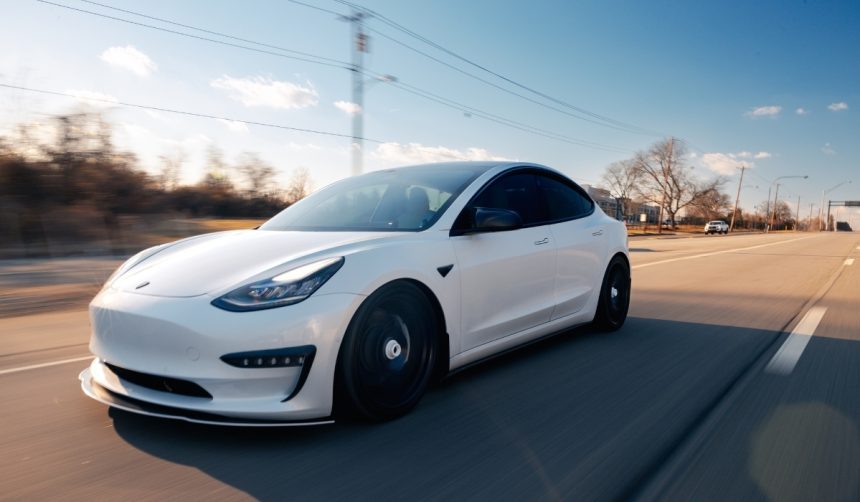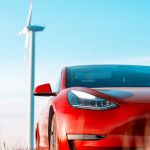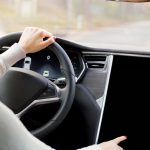Tesla has initiated significant steps to revive growth in vehicle deliveries after a period of stagnation. The recent introduction of lower-priced Standard models for the Model 3 and Model Y is central to this strategy. This move comes at a time when the company faces challenges, such as the expiration of the $7,500 electric vehicle tax credit, prompting a shift to more accessible offerings. Industry attention has also focused on Tesla’s developments in autonomous technology, with further potential tied to upcoming models like the Cybercab. These initiatives may sharpen competition in the electric vehicle market, especially among price-sensitive buyers. Investors appear attentive to these updates, with expectations of renewed delivery momentum.
Earlier reports about Tesla’s delivery growth questioned whether new models could offset tailwinds from declining incentives and shifting consumer demand. Discussions about a $25,000 Tesla car have circulated for years, reflecting anticipation but also skepticism over its timeline. Past commentary noted that Tesla’s premium-priced models limited broader adoption, but recent Standard model releases now signal a different approach as the brand seeks to expand its customer base and stabilize quarterly volumes.
How Will New Standard Models Affect Tesla’s Delivery Growth?
With the release of more affordable Model 3 and Model Y Standard offerings, Tesla aims to stimulate demand and approach a quarterly delivery rate near 500,000 vehicles. By pricing these models under $40,000, the automaker directly addresses a segment of customers previously deterred by higher costs, hoping to recapture momentum as a leading EV producer. Wedbush Securities analyst Dan Ives commented,
“We believe the launch of a lower cost model represents the first step to getting back to a ~500k quarterly delivery run-rate, which will be important to stimulate demand for its fleet with the EV tax credit expiring at the end of September.”
This strategy may also drive interest toward Tesla’s Premium models among undecided buyers.
Could the Cybercab Project Bridge the Gap to Ambitious Delivery Targets?
While speculation previously centered on a $25,000 model, attention has now shifted to the Cybercab, which has been observed at both the Fremont and Texas Gigafactories. Although official launch details remain limited, sightings of the Cybercab on test tracks and post-crash units generate investor optimism. If production scales as anticipated, analysts see the possibility for Tesla deliveries to reach 600,000 vehicles per quarter. Ives recently shared his projection,
“The AI valuation will start to get unlocked in the Tesla story and we believe the march to an AI driven valuation for TSLA over the next 6-9 months has now begun in our view with FSD and autonomous penetration of Tesla’s installed base and the acceleration of Cybercab in the US representing the golden goose for Musk & Co.”
What Role Does AI Play in Tesla’s Market Outlook?
Beyond vehicle shipments, Tesla’s future valuation is increasingly linked to advancements in artificial intelligence and self-driving technology. Full Self-Driving (FSD) and autonomous features are viewed as core drivers for both revenue and investor confidence. Ives believes these innovations could propel Tesla’s market cap to new heights, contingent on their successful deployment and adoption. The acceleration of autonomous offerings, including robotics, is expected to shape the brand’s trajectory over the coming years.
Tesla’s renewed focus on affordability and autonomy reflects evolving industry trends and changing consumer preferences. For EV shoppers, a wider choice of sub-$40,000 vehicles could lower the entry barrier, while investors weigh the balance between legacy vehicle sales and the promise of AI-driven growth. As competitors respond with similar pricing and technology adoption, Tesla’s ability to maintain delivery expansion and leadership hinges on efficient execution, cost management, and the ongoing appeal of its products.










